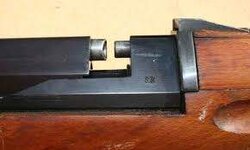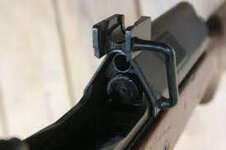Bronze Supporter
- Messages
- 19,697
- Reactions
- 54,985
OK, say you went to an auto parts store to buy a radiator hose. You told the clerk what car you had and he takes you to the radiator hose display and shows you four options of hoses that would fit your car. One of those hoses comes in packaging that includes a roll of duct tape and the store clerk recommends that you buy that one, because it's very popular. You ask: "What's the duct tape for?". He says: "Well when these hoses first came out, they had a real problem with leaks, so the manufacturer just started adding duct tape to patch the leaks rather than re-engineer the hose design. But these hoses come with really cool integrated hose clamps and water temp gauges that are molded into the outside surface of the rubber. So most people don't mind buying this hose that leaks like a sieve brand new, if it comes with duct tape."
It kind of goes without saying that having the FA isn't going to make it less reliable.It was put on the AR as a band-aid fix to the gun's combat-proven habit of letting soldiers down. The point of this thread is not to shrug shoulders at something we've all gotten used to, but to question why it's still there after so many years of opportunity to fix the core problem that led to the need for a band-aid.
If ya want to have an AR without a FA then get one. Why compare it to an automobile part, IT AIN"T!!!!













